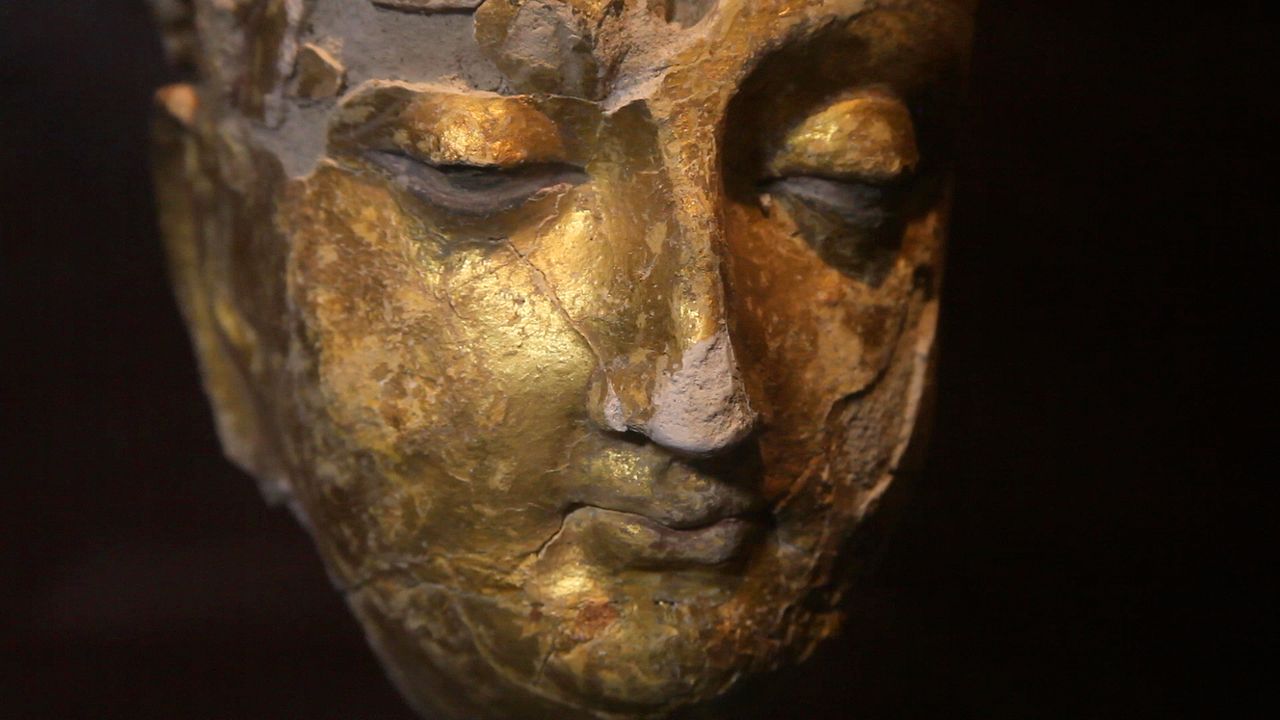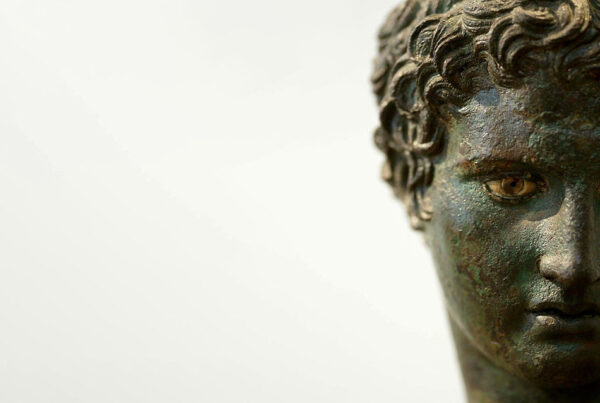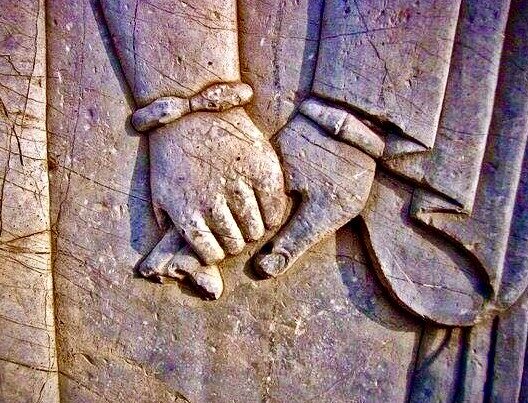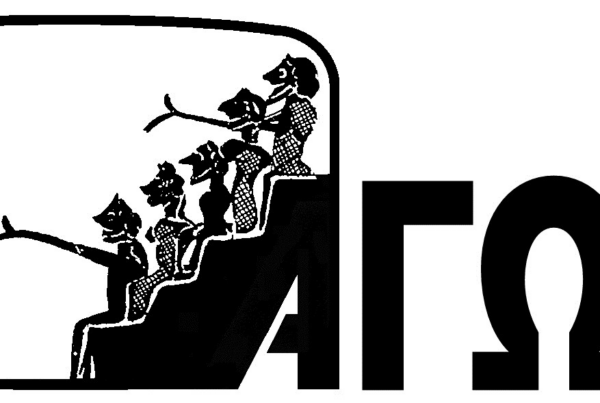AGON
10th International Meeting of Archaeological Film
THE AWARDS
• Maritime Archaeology
Special Mention goes to the film Le trésor du trou de Han, directed by Philippe Axell, produced by Axell Communication (Belgium).
Underwater research has unexpectedly revealed gold ornaments, bronze axes and swords, brooches, vases and numerous other objects from the Bronze Age, making the cave of Han in Belgium, one of the most important Bronze Age sites in Europe.
The Award for Maritime Archaeology «Francesco Alliata» gose to the film HMS Perseus Submarine, directed by Antonis Delaportas, produced by Vassilis Mentogiannis (Greece).
In just 17 minutes, dramatized reconstructions, simple black and white sketches and underwater footage brings to life the sinking of the British submarine PERSEAS revealing the human story of its sole survivor, John Capes.
• Educational Film
Special Mention goes to the film L’alba degli Etruschi, directed by Corrado Re, produced by Istituto per i beni artistici, culturali e naturali della regione Emilia-Romagna (Italy).
Dramatized scenes, archaeological and historical data, provides us with insights into Etruscan culture and everyday life.
The Award for Educational Film – «Archaeology and Arts» goes to to the films:
Les experts de l’archéologie, directed by Pierre-Emmanuel Lyet, produced by Doncvoila (France) .
Comic animation and short, simple pieces of information aim to inspire children’s interest in 5 historical periods. Adults too can learn about the past in this amusing and informative series.
and
Moulded on the original. The Bronze of Riace, directed by Elli Kriesch, produced by Bayerisches Fernsehen (Germany)
The film explores the technical and artistic issues of recreating a lifelike copy of this famous statue.
• Originality
Special Mention goes to the film Off History, directed and produced by Selini Halvadaki (Danemark).
Her zig zag approach to researching the history of an unfinished building and finding visual proof of its existence plays with our expectations and broadens our perception of what memory is.
The Award for Originality goes to the film A gigantic jigsaw puzzle. The epicurean inscription of Diogenes of Oinoanda, directed by Nazim Guveloglu, produced by Middle East Technical University (Turkey).
Based on the texts of the Diogenes inscriptions, the film escapes the narrow archaeological point of view and leads us instead to the experience of everyday life in antiquity through the philosophical thought of Diogenes and Epicure.
• Photography
Special Mention to the films
In the eyes of Cro-Magnon by Marc Azema – Quand Homo Sapiens fasait son cinéma, by Marc Azema and Pascal Cuissot (France)
it is all about capturing the vivid dynamism of cave paintings – images that are only glimpsed by torch and firelight
and
Cypriot Medieval Glazed Pottery, directed by Paschalis Papapetrou, produced by Anadysis Films
as it captures the subtlety and luminance of these amazing ceramics
The Award for Photography goes to the film Escapig Riga, directed by Davis Samaris, produced by Mistrus Media (Latvia)
The film shows how photography is not necessarily about capturing a scene but can also be used to create and maintain the essential atmosphere of a film.
• Script
Special mention goes to the film Stolen Warriors, directed and produced by Wolfgang Luck (Germany).
A film decrypting the dark paths of international illegal antiquity traders by following the story of a warrior statue stolen from the temple of Khmer in Cambodia which turned up years later, at an auction at Sotheby’s in New York. The film celebrates as the claims of its rightful owners, are recognized and the statue is finally returned home.
The Award for Script goes to the film Ta gynaikeia. Cose di donne, directed by Lorenzo Daniele, produced by Fine Art Produzioni, scipt by Alessandra Cilio (Italy).
The experience and the values of the women of Sicily both past and present are compared, and though there are huge differences in the work they do and the lives they lead there are still some remarkable similarities with women of ancient times.
• Historical Film
Special Mention goes to the film memORIA, directed by Yiorgos P. Iatrou (Greece).
MemOria means memory and this film remembers the largely forgotten story of the largest shipwreck in the Mediterranean in World war 2 – that of the steamboat ORIA. The film also stands as a memorial to the more than 4,000 people who lost their lives then..
The Award for Historical Film goes to the film We were rebels, directed by Katharina von Schroeder and Florian Schewe, produced by Perfect Shot Films (Germany).
This is history in the making as we follow Agel – taught to kill from the age of 7 – as he attempts, against the odds, to create a life for himself and his family in a country that is constantly at war.
• Direction
Special Mention goes to the film Gold Spinners directed by Kiur Aasma and Hardi Volmer, produced by Traum Fabrik (Estonia).
The story of a mighty Soviet film company producing resolutely un-Soviet advertisements for goods that either weren’t available or didn’t even exist.
The Award for Direction goes to the film The secrets of the Colosseum directed by Pascal Cuissot and Gary Glassman, produced by ZED, Co-producers: Providence Pictures, ARTE, NOVA.
Probably the most famous monument of Italy. Yet, in this documentary we are presented with aspects of the building and how it worked that are hardly known at all. The director, keeps the viewer focused as the film presents all the new impressive findings.
• Archaeological Film
Special Mention goes to the films:
The Archaeologist, directed by Kimon Tsakiris, produced by Faliro House Productions.
The story of archaeologist Georgia Karamitrou s last stand to save what she can from an archaeological site that will disappear beneath the waters of of an artificial lake.
and
L’énigme du Grand Menhir, directed by Marie-Anne Sorba and Jean Marc Cazenave, produced by Fred Hilgermann Films (France).
This film’s investigation into the possible meanings of the signs carved on the thousands of standing stones close to the shores of the Atlantic Ocean in France, has a real twist in its tail.
The Award for Archaeological Film-OTE TV goes to the films:
The Wisdom of Hagia Sophia, directed by Olivier Julien and Gary Glassman, produced by ZED, Co-producers: Providence Pictures, ARTE, NOVA.
The vulnerable points of the Hagia Sophia building are identified through simulation models to help archaeologists find ways of preventing future earthquake damage.
and
Tracing the discovery of the temple of Amenophis III directed by Antoine Chéné, produced by Association des Amis des Colosses de Memnon (France).
Created from a decade of onsite archive footage, the film presents, step by step, the discovery of colossal statues of the pharaoh Amenofi and the difficulties archaeologists faced both in transfering them to their original position and restoring them.
• Grand Prix
Because the quality of this years films was so high the jury decided to award the Grand Prix jointly to two films:
Saving Mes Aynak, directed by Brent Huffman, produced by Brent Huffman, Xiaoli Zhou, Zak Piper (usa).
The film shows us that this archaeology is not just about distant civilisations lost in time, Mes Aynak is about how archaeology, politics, economics, imperialism, terrorism and cultural identity are in conflict right here and now.
and
The lost city of Petra, directed by Olivier Julien and Gary Glassman, produced by ZED, Co-producers: Providence Pictures, ARTE, NOVA.
In this film direction, screenplay, photography, archaeological research and original insights come together to create a stunning portrait of the city of Petra and its mysterious inhabitants – the Nabateans.
Finaly, the Public’s Award goes to the film memORIA directed by Yiorgos P. Iatrou, (Greece).







